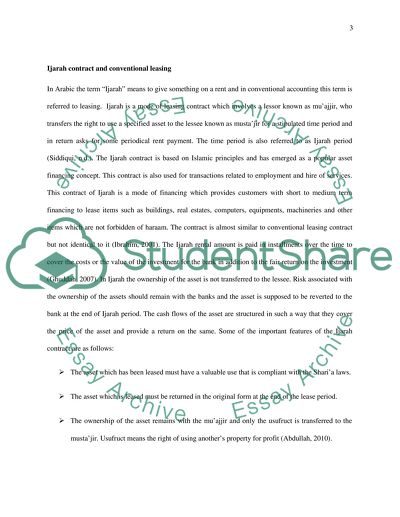Cite this document
(“Islamic Accounting and Reporting Assignment Example | Topics and Well Written Essays - 1750 words”, n.d.)
Retrieved from https://studentshare.org/finance-accounting/1404269-islamic-accounting-and-reporting
Retrieved from https://studentshare.org/finance-accounting/1404269-islamic-accounting-and-reporting
(Islamic Accounting and Reporting Assignment Example | Topics and Well Written Essays - 1750 Words)
https://studentshare.org/finance-accounting/1404269-islamic-accounting-and-reporting.
https://studentshare.org/finance-accounting/1404269-islamic-accounting-and-reporting.
“Islamic Accounting and Reporting Assignment Example | Topics and Well Written Essays - 1750 Words”, n.d. https://studentshare.org/finance-accounting/1404269-islamic-accounting-and-reporting.


